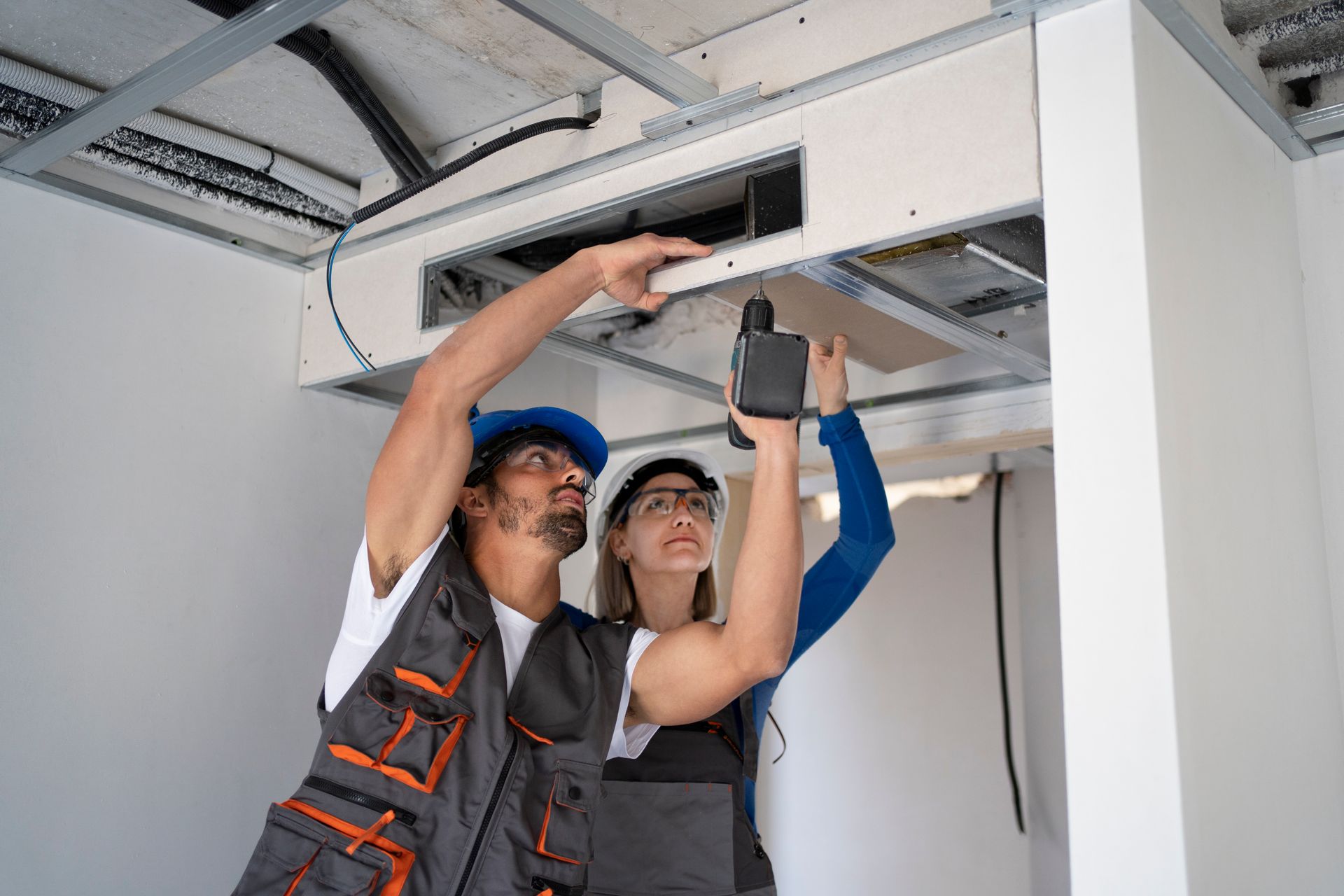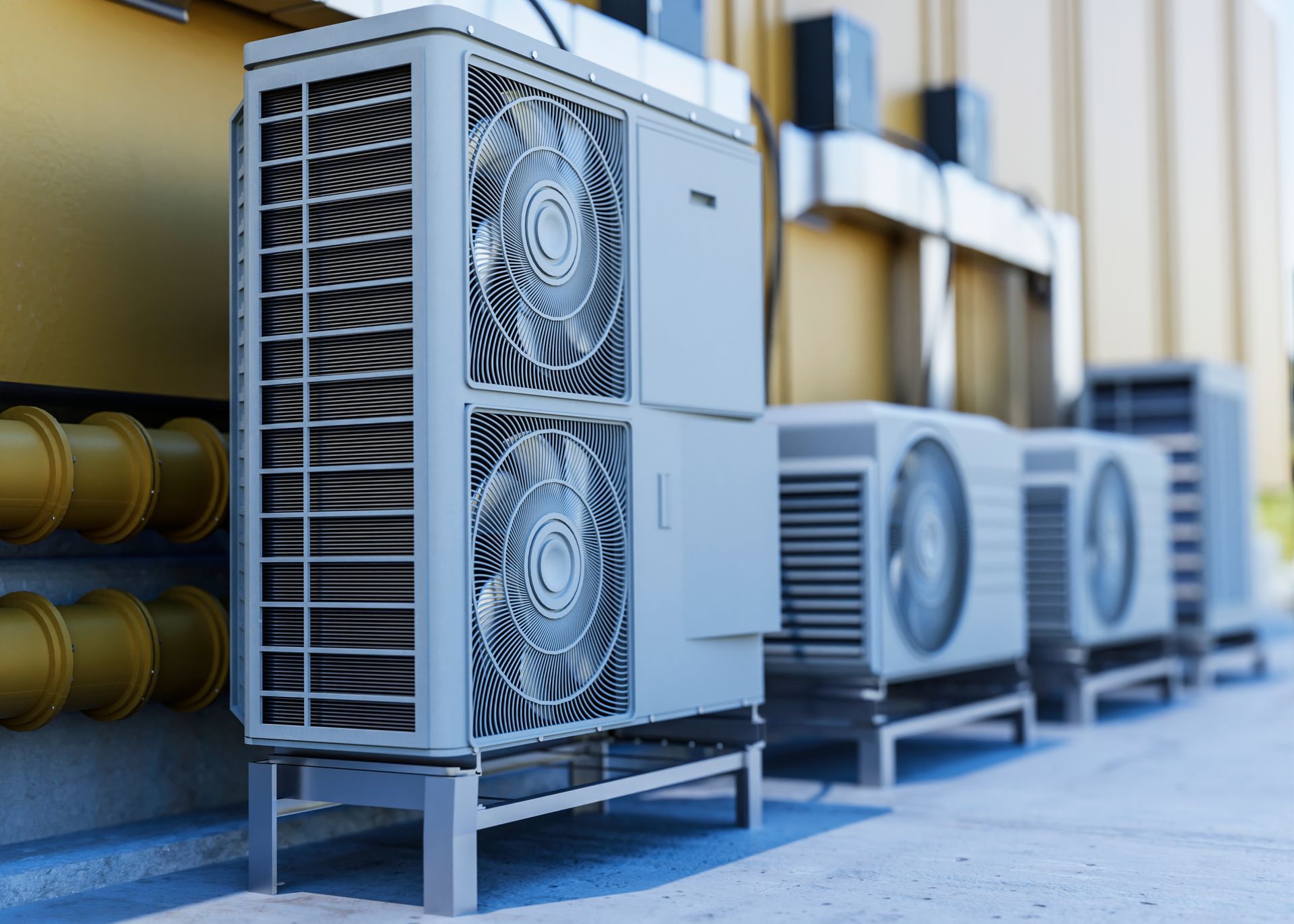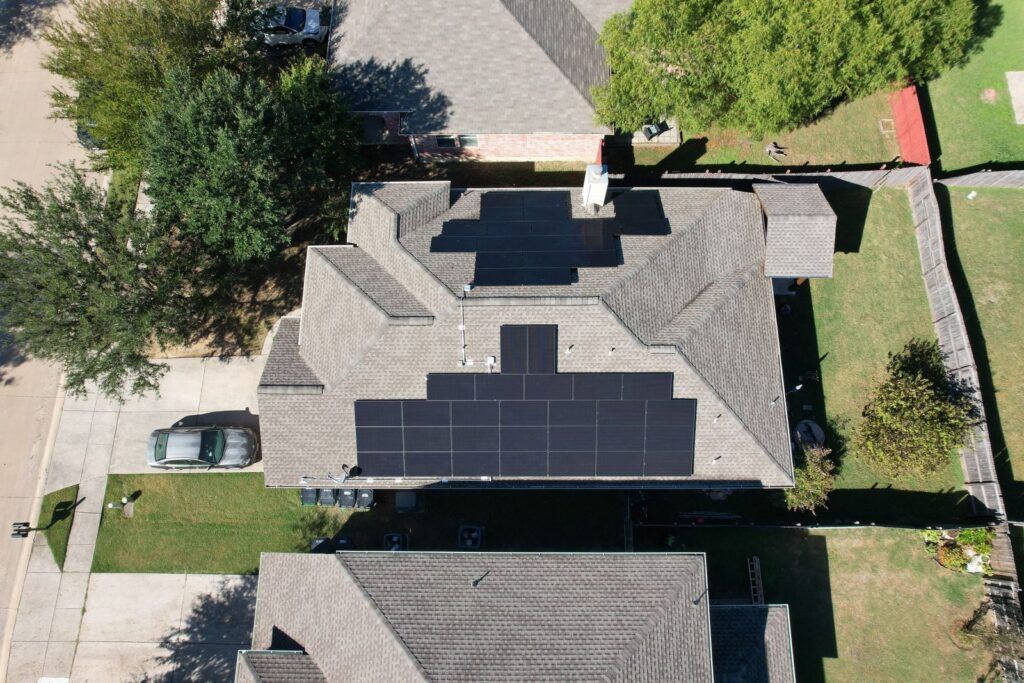How Shading and Irradiation Affect Solar Production (And Why They’re BFFs)
At Infinity Solar USA, we’re all about maximizing your solar energy production. But before you start picturing your panels soaking up the sun like a beach day in Cancun, let’s talk about two key factors that could either make or break your solar system: shading and irradiation.
Shading: The Solar Panel’s Worst Enemy
Imagine this: you’ve got shiny new solar panels installed, but a giant tree or a tall building starts casting shadows over them. Uh-oh! That’s shading in action, and it’s the solar panel equivalent of a bad sunburn—something you want to avoid.
Shading can drastically reduce the amount of sunlight your solar panels receive, which means less energy production. Even a small patch of shade can impact the whole panel, like that one person at a party who makes everything awkward (you know who you are). If the shade moves throughout the day, the production will fluctuate, and your solar system won’t be as consistent as you’d like.
Irradiation: The Sun’s Energy for Your Panels
Now, let’s talk about irradiation, which is a fancy word for how much sunlight hits a given area. The more sunlight your panels get (aka high irradiation), the more energy they’ll produce. Think of irradiation as the “fuel” for your solar system. The higher the irradiance, the better your panels can perform.
Irradiation varies based on where you live, the time of year, and even the weather. For example, sunnier areas like Arizona get more irradiation than places with a lot of cloud cover. But even on a cloudy day, solar panels can still produce some energy, just not as much.
So, How Do Shading and Irradiation Work Together?
- Shading reduces the total amount of sunlight your panels receive, and irradiation is the amount of sunlight that reaches them in the first place. The more shading you have, the less your panels can take advantage of the available irradiation, which means lower production.
- The Best Combo: To get the most power from your solar system, we aim for areas with minimal shading and maximized irradiation. That’s why, when we assess your home, we’ll check out things like nearby trees, roof angles, and how much sun you get throughout the day.
Bottom Line?
Shading can be a real energy buzzkill, while irradiation is the energy high your solar system needs to thrive. At Infinity Solar USA, we make sure to optimize your solar installation by considering both of these factors—because who wants to waste all that free sunshine?
Ready to get your panels installed in the sweet spot where shading and irradiation are on your side? Contact us today and let’s make the most of your roof!
Let’s catch some rays! 🌞
More Blog Posts
More Guides For You From Our Help Center
Service and Troubleshooting
Understanding your solar system performance
How to schedule a repair
Solar Financing and Incentives
How does net metering work?
- How Net Billing Works (And Why Export Credits Are Your New Best Friend)
- How "Buy All, Sell All" Works in Solar (And Why It’s a Great Deal for You)
- How Monthly Net Metering Works (Spoiler: It’s Like a Bank for Your Energy)
- What is Net Metering and Why It Matters in the Solar Industry?
- What Is 1:1 Net Metering, and Why Should You Care? (Hint: It’s Awesome)
Solar financing. Understanding your options
- Explore Your Financing and Cash Options for Going Solar with Infinity Solar USA
- Commercial Solar Solutions: What You Need to Know from Infinity Solar USA
- Solar Installation Costs and Financial Incentives: What You Need to Know from Infinity Solar USA
- Why Solar Loans Reamortize in Month 19: A Closer Look
System Performance
How to optimize your solar systems performance
How peak sun hrs works in solar
How does roof pitch and orientation affect solar production?
How shading and irradiation affect solar production
Solar 101
Understanding your solar energy savings
Different purchase options:
How do I save money with solar?
Solar Process
Step 1 Proposal Introduction
Step 2 Construction Pipeline Process
Step 3 Permission to Operate
Service and Troubleshooting
Understanding your solar system performance
How to schedule a repair
Solar Financing and Incentives
How does net metering work?
- How Net Billing Works (And Why Export Credits Are Your New Best Friend)
- How "Buy All, Sell All" Works in Solar (And Why It’s a Great Deal for You)
- How Monthly Net Metering Works (Spoiler: It’s Like a Bank for Your Energy)
- What is Net Metering and Why It Matters in the Solar Industry?
- What Is 1:1 Net Metering, and Why Should You Care? (Hint: It’s Awesome)
Solar financing. Understanding your options
- Explore Your Financing and Cash Options for Going Solar with Infinity Solar USA
- Commercial Solar Solutions: What You Need to Know from Infinity Solar USA
- Solar Installation Costs and Financial Incentives: What You Need to Know from Infinity Solar USA
- Why Solar Loans Reamortize in Month 19: A Closer Look
System Performance
How to optimize your solar systems performance
How peak sun hrs works in solar
How does roof pitch and orientation affect solar production?
How shading and irradiation affect solar production
Solar 101
Understanding your solar energy savings
Different purchase options:
How do I save money with solar?
Solar Process
Step 1 Proposal Introduction
Step 2 Construction Pipeline Process
Step 3 Permission to Operate



